Project Cost Management
How does pmo365 revolutionise your Cost Management?
Cost management is one of the most important processes in any functioning organisation, yet one of the hardest to truly master. You would think by now, with humanity's long history with business, we would have cracked the code and learnt all there is to know about cost management. Yet even now, so many organisations fail to use the full capabilities of readily available and life-changing tools for their cost management processes.
We at pmo365 want to help you ace your organisation’s cost management and get the most out of your portfolio of projects in the most efficient and productive way.

Integrate ERP & Financial Tools
Integrating your ERPs and financial tools across all your systems to give your PPM complete visibility and control with the use of Microsoft Power Automate Connectors. This process which would have taken months, we do in mere hours.

Cost estimation and management
Helping your organisation implement the most effective cost estimation and management method from beginning to end to maximise your projects’ results.

Aligning costs, resources & benefits
Aligning cost management, resource management and benefits management across your organisation’s portfolio of projects

Ongoing configurations and integration
Providing ongoing configurations and integration with other data sources to ensure everything meets your organisation’s cost management needs
If you want to find out how we achieve all these feats in more detail, keep reading on.
What is Cost management in Project Management?
Cost management is a process of estimating, allocating and controlling project costs that allows organisations to predict potential expenses and reduce the changes of budget overrun. In the PPM space, cost management is about managing your costs across your whole portfolio of projects, a heavy handed task if you are a large organisation with hundreds of projects operating at the same time.
Cost management is vital to an organisation across all levels, with global service giant Accenture claiming that sustainable cost management should be “part of a company’s DNA”.
What are the benefits of Cost Management?
The benefits of effective cost management are plenty, with the three key benefits being:
Budget overrun prevention
Projects running over budget are not only detrimental to current projects but all organisation operations through the bleed on effect. When proper cost management is done in the planning stage, a lot of the risk of running over budget are reduced significantly
Risk avoidance
Proper cost management strategies will allocate a risk avoidance plan based on accurate and reliable data to ensure projects are not compromised by unforeseen circumstances
Future planning insights
Cost management reports at the end of projects can help improve resource optimisation for future budgets and make them more accurate.
Book a demo
One of our PPM Solution Specialists will contact you and answer any other questions you might have.
The biggest challenges of Cost Management in PPM
Cost management can be complicated and there is no one-size-fits-all approach that can be easily applied across all organisations, nor is there any consensus for the best strategies or approaches to apply. For the PMO and PPM space, there are two factors that are the most common challenges to applying effective cost management:
Inaccurate Estimations
Inaccurate estimations can occur either due to the inexperience of project managers to comprehensively understand the scope of the project or due to lack of accessibility to accurate and valuable data. This lack of critical data can either be due to management overlooking the importance of implementing proper project measurement and evaluation processes or technological limitations.
Outdated Technology
The lack of accessibility to data can often be attributed to outdated technology or ineffective use of existing technologies. PMOs and project managers need access to intuitive softwares and systems that effectively collects relevant data, integrates data across multiple platforms and improves visibility of all project activities, costs and progress.
Lacking Visibility
As will be discussed later, forecasting is a critical aspect of cost estimation and management. However, there is a very critical gap between the forecasting information that is visible to key decision makers, finance teams, PMOs and project managers. Often due to technological limitations, key decision makers only have limited visibility of the project costs and activities and may prematurely pull the plug on projects without the adequate information to give a better picture of the whole project. We’ll go into more detail about this specific challenge further below.
3 Key Elements of Cost Management
Cost management has evolved from its rudimentary form of a static budget and cost actuals comparison with the rising necessity for accurate forecasting. Currently, three elements form the foundations of Cost management data collection in PPM:
1. Cost budget
The cost budget is the quantified expected cost of the overall programme or budget. This estimation is established during the business case stage and beginning of the project. It often has an estimated variation factored into the final presented cost that considers potential expenses and contingencies.
2. Cost forecast
Cost forecasts are the estimated cost of the project based on real time and ongoing changes and circumstances. Where traditional forecasting was static and unresponsive to the actual happening of the project, improved accessibility to data enables project managers and PMOs to make more accurate forecasts. These cost forecasts provide critical information for project managers and decision-makers to be able to mitigate detrimental conditions and strategically intervene to reduce overall costs.
3. Cost actuals
Cost actuals are the actual revenue that has been paid at a given stage of project completion. This reflects the real-time spending of a programme and/or project and helps inform the cost forecasts presented to project managers, oversights and key decision makers.
Below is a screenshot of how you can access, monitor and control all of these cost types in one place in pmo365:

3 Steps of Effective Cost Management
Cost management is a continual process that occurs throughout the whole lifecycle of programs and projects. Establishing clear processes and effectively using intuitive software allows organisations to gain control over their portfolio of projects with increased visibility, real-time accuracy and gain control over their portfolio.
Cost management occurs through the three main steps of projects - the planning stage, project operation and post-project stage. We’ll explain in more detail how cost management is executed through every step of the project lifecycle.
Step one: Cost Management in planning
Cost management starts at the genesis of any potential program or proposal in the form of the business case. Every potential project starts with a business case, a feasibility study, a proposal or a brief that gives justification for the project, the potential benefits it would bring and general expected costs of the project.
This planning stage is split between two parts: Cost estimation and the level of cost estimation.
Cost estimation
There are three different types of costs that make the budget or cost estimation of a programme or project.
- Labour cost: costs incurred for human labour
- Material cost: cost of all physical materials necessary to the direct activities of the project
- Expenses: all other costs that are not included in material and labour which can be both tangible and intangible such as utility costs, asset depreciation and auditing expenses.
Our next Benefits Management Webinar starts in:
Level of cost estimation
Now that you’ve got all your types of costs don’t be too quick to suddenly jump in and start estimating all the involved costs from the get-go. Sometimes project scopes change or the relevant information is dependent and it becomes very hard and time-consuming to put together a complete, comprehensive cost estimation in one sitting.
The worst thing that could happen is when an organisation has expended large amounts of time, resources and effort to build an accurate cost estimation for a potential project, to only have that all completely wasted when the project is not approved by key decision makers, or the scope changed dramatically.
That is why at pmo365 we suggest a simultaneous cost estimation process to ensure minimal waste of resources and effort. We do this through the three levels of cost estimation.
Level one cost estimation
Level one cost estimation is commonly known as preliminary cost estimation. At this level, details of the project have yet to be fleshed out and the basic business case is being formed. Cost estimations are still very broad and basic. Cost estimations at this level can be made through comparisons to previous projects that were similar to the proposed project.
Level two cost estimation
At this stage, a semi-detailed cost estimation can be made as more details about the project are approved. This level allows for high-level estimation of labour and material costs as project definition stands closer to the 50% mark. These estimations will greatly inform whether this project will continue on in the approval process.
Level three cost estimation
At this level, projects are 100% defined and fully-designed so in-depth, detailed cost estimations can be made down to the lowest level of activities. Here the level of intricate estimation can drill down to the specific labour costs down to the projected hours. This estimation will be the closest estimation to the potential future budget and will act as one of the key decisive factors for decision makers to give the project a green light.
Step two: Cost Management during projects
Your program or project has been approved and it is now well under way. It’s here that project managers and PMOs monitor, measure, communicate and intervene when necessary. This is specifically where your organisation’s enterprise resource planning (ERP) softwares and financial tools can make your life significantly easier.
But it is in this exact space that many cost management processes fall short and end up wasting valuable resources due to outdated technology, limited visibility and inaccurate data. We’ll explain just how important ERP and financial tool integration is to your organisation’s cost management strategy.
What is an Enterprise Resource Planning (ERP) software and why is it important?
ERP softwares help manage day-to-day business activities from accounting to project management to risk management, all in one place. These softwares enable organisations to monitor, analyse, communicate and intervene in projects and activities whenever necessary. To the modern organisation, ERPs are as essential as the electricity that keeps the lights on.
The reason why ERPs are so indispensable is because they give organisation’s and key decision makers complete visibility. In large organisations that run thousands of activities and potentially hundreds of projects, the lack of visibility leads to misinformed decision making, loss of control and potentially millions of dollars down the drain. Though most ERP softwares will improve visibility to a certain degree, not all softwares are equal in their abilities.
At pmo365, we are able to make optimal use of Microsoft Power Automate Connectors along with your ERP software to bring your level of organisational visibility to a whole new level. We’ll explain below why these Connectors are so powerful and how pmo365 helps you use them.
The challenge faced by Enterprise Resource Planning (ERP) software
ERP softwares help gather and streamline the most relevant data that will help build reports that go to head board members and key decision makers. In regards to projects, the main cost data that is gathered is limited to simply project cost budgets and cost actuals. However, this data misses the critical information of cost estimates and forecasts.
Project portfolio managers and project managers are able to see the broader picture and maintain these forecasts which can easily fluctuate depending on the circumstances. At times those numbers can exceed the current budget laid out but in the long term progression of the project, will eventually equal out to its original projected budget. Another issue is the fact that financial teams are using different tools and softwares than portfolio and project managers. It is this critical nuanced information that is unseen by overseeing decision makers and can result in projects being dropped either too soon or when it's too late. ERP softwares and financial tools are not being properly integrated.
How does pmo365 solve your ERP integration problem?
This gap between higher level lack of visibility and on-the-ground real-time data is the exact problem pmo365 solves. We seamlessly integrate your on-premise and cloud stack with the help of Microsoft Flow Connectors.
Microsoft Power Automate Connectors are custom software connectors that can help ease data flows between Microsoft apps and other Microsoft or third-party apps. However, building or using the endless amount of flow connectors is not easy. That’s why we’ve got leading experts on our team to do all the heavy lifting for you.
Flow connectors revolutionise your organisation’s visibility through matching and standardising project IDs across all systems to allow all information to be shared and made visible to relevant parties. The integration of identification goes all the way from high level overarching programme or project IDs and can drill down to the finer details such as standardised invoice ID across all systems.
Step three: Cost Management for post-project
Your programme and project is complete, but effective cost management does not end here. Your new integrated systems have gathered all this valuable data not only to be seen but to be deeply analysed, evaluated and produce new strategies that can improve performance.
The Microsoft 365 ecosystem makes all this easier as project history and data are all stored through their cloud service and give your evaluation reports the most accurate and reliable data. Lessons learned and future initiatives built on this data will allow your organisation to make better projections, eliminate your overheads and maximise the output of your portfolio of projects.
Below are screenshots of how your organisation can have visibility and control over all your projects portfolios financials in one place in pmo365:
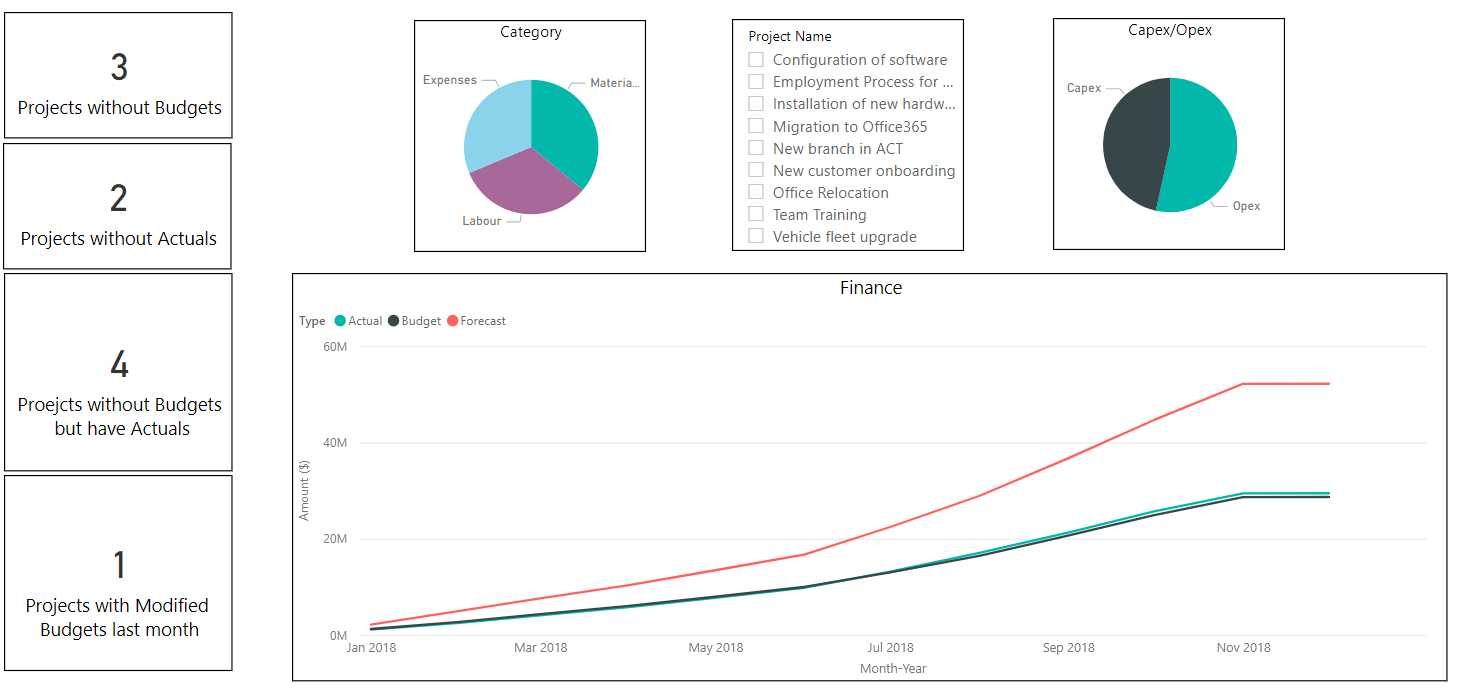
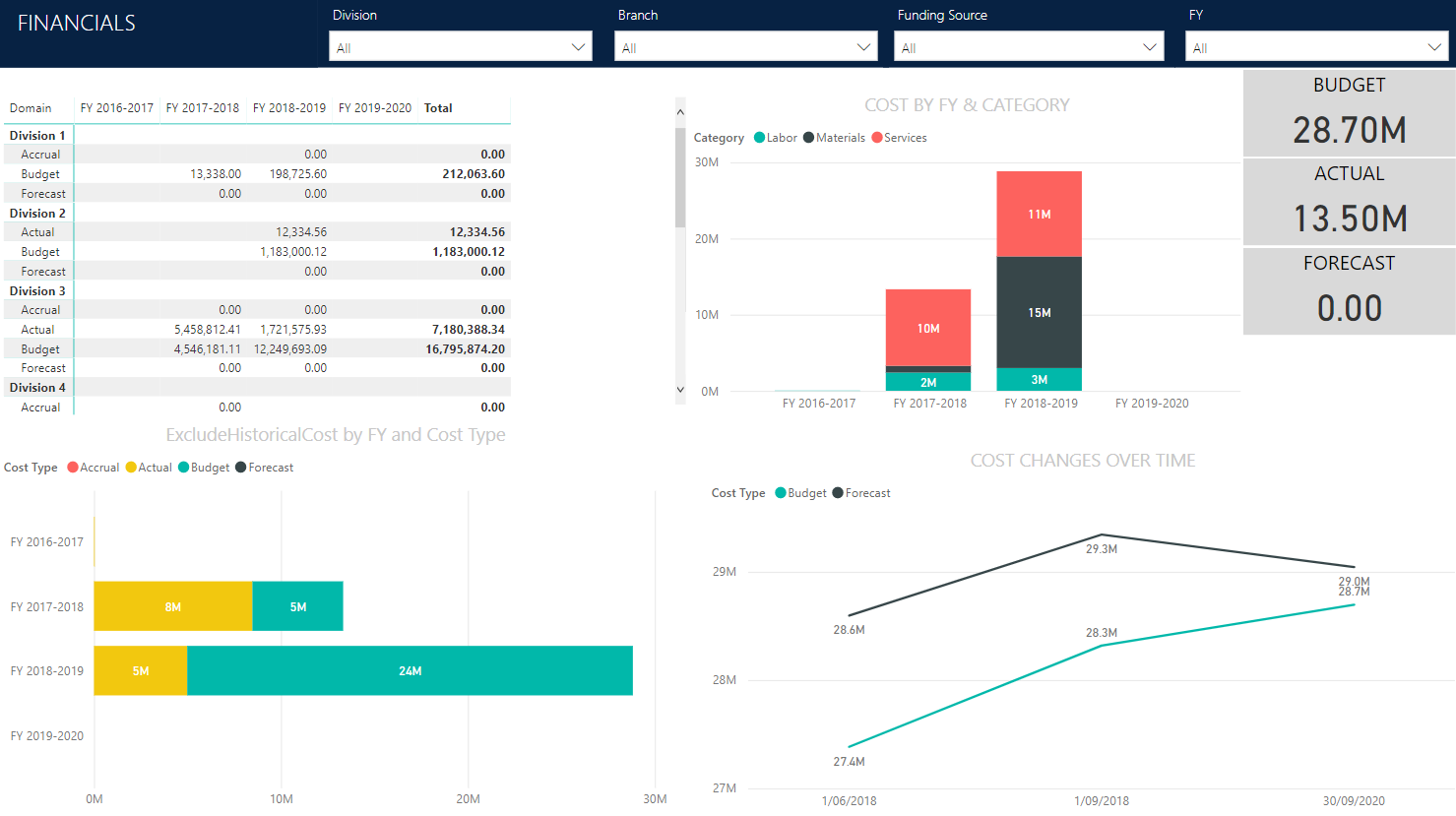
That’s just a brief look at all the ways pmo365 can help your organisation’s cost management through every step of the process. If you want to get even more detail on how pmo365 can help your organisation, book a free 30 minute PPM audit to speak directly with our PPM experts.
Our partners
We've worked with
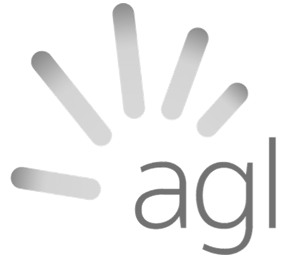

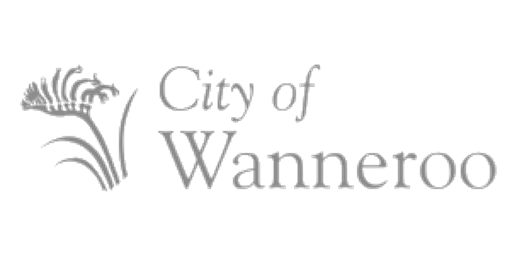
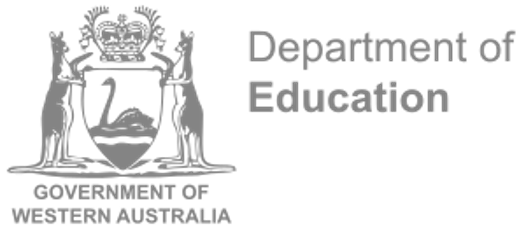
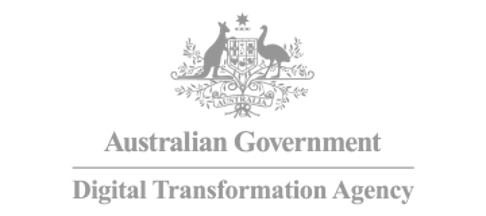


AI Project Management Tools: All You Need to Know
.png)

Sustainability in Project Management: A Complete Guide
.png)
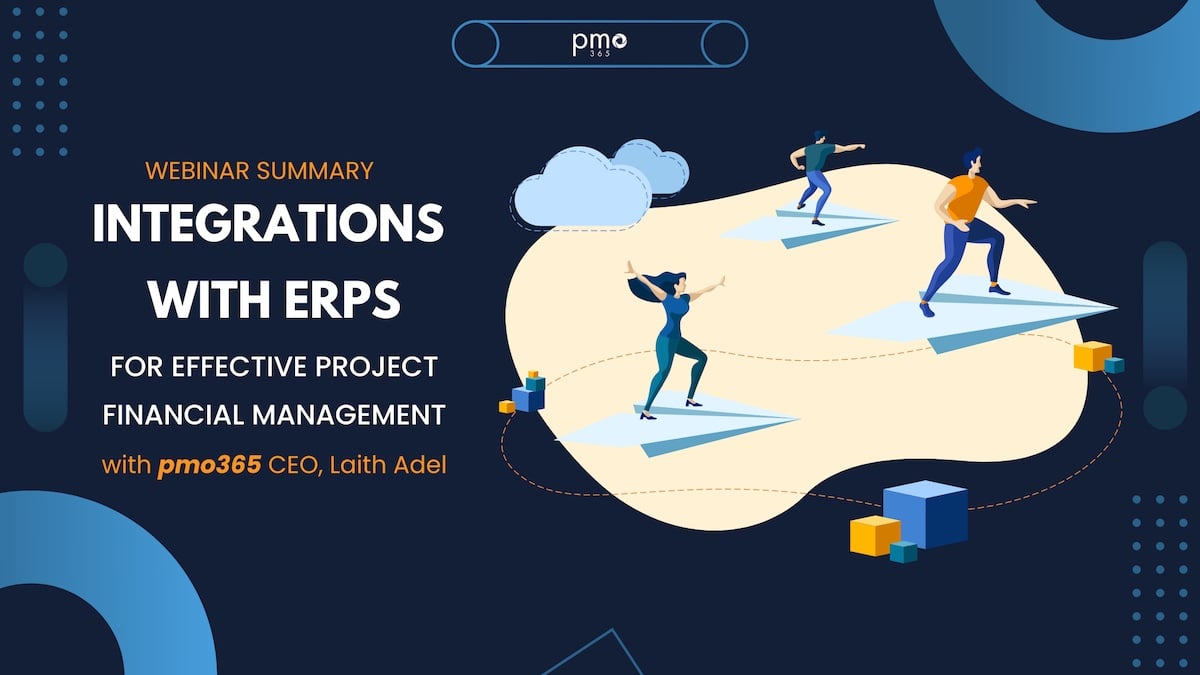
Project Financial Management Integrations with pmo365

